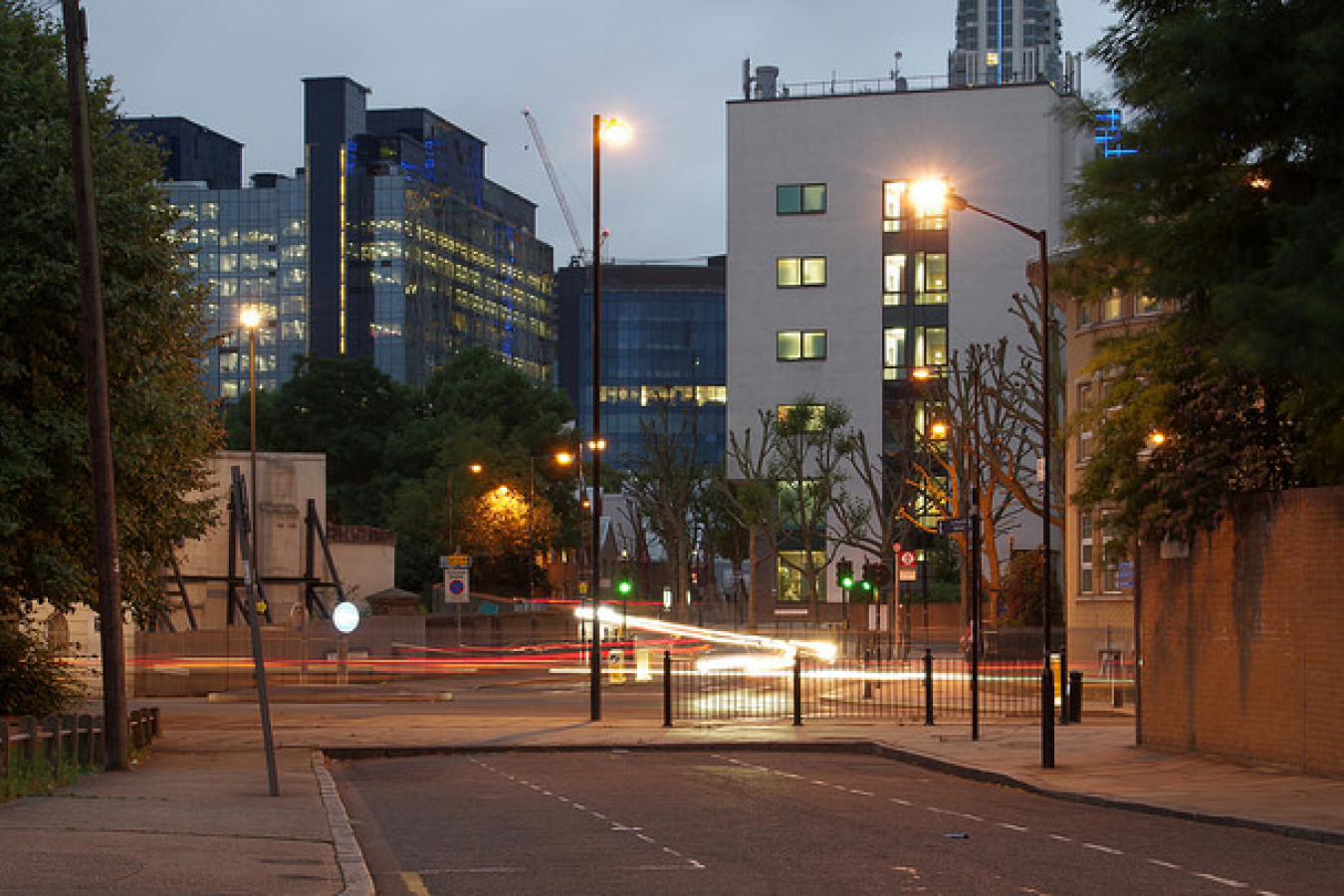The latest figures from the UK's Office for National Statistics show that the number of foreign-born workers in the UK labour force grew by 170,000 between April and June this year. The number of UK-born workers rose by only 40,000.
The figures were released on 13th August. They show that the total number of workers in the UK's work force climbed to 30,537,000 from 30,431,000 between April and June. Of these, 25,813,000 were British-born and 4,724,000 were foreign-born.
Foreign workers
These statistics also show that the number of foreign workers in the UK has quadrupled since 1997 when fewer than one million foreign workers worked in the country. In the last year, while the number of British born workers employed rose by 2%, the number of foreign-born workers rose by 7%.
A more detailed breakdown of the figures shows that almost all of the increase was made up of EU workers. Workers from the European Union are allowed to live and work in the UK as of right because of the single European labour market.
There are now 1,836,000 workers in the UK who were born in other EU countries. Of these, 787,000 come from the 'old EU' countries that have been members of the union for more than thirty years (Germany, France, Belgium, Luxembourg, the Netherlands, Ireland, Malta, Spain, Italy, Portugal, Greece, Austria, Denmark, Finland and Sweden).
A8 Countries
A further 861,000 come from the A8 countries which joined the EU in 2004. The A8 countries are a group of eight eastern European countries, formerly part of the Soviet Bloc before the collapse of the Soviet Union. They are Poland, Estonia, Latvia, Lithuania, the Czech Republic, Hungary, Slovakia and Slovenia.
A further 153,000 come from Romania and Bulgaria, two countries which joined the EU in 2007. When Romania and Bulgaria joined the EU, the British government and most other EU Countries placed 'transitional controls' in place which prevented many Bulgarian and Romanian workers from working in the UK. This was to prevent a sudden influx of workers from coming from the two countries, where wages are much lower than in the UK.
Self-employed workers, highly skilled workers with or without job offers and agricultural workers were allowed entry to the UK even before the end of transitional controls on Bulgarians and Romanians ended in the beginning of 2014. Recent research from Oxford University suggests that these exceptions mean that most Bulgarians and Romanians who wanted to come to work in the UK were able to do so before 2014.
The overall increase of workers from the EU was 89,000 in the three months to June. 12,000 of these came from the 'old EU,' however the majority came from the A8 countries (Poland, Lithuania, Latvia, Hungary, Czech Republic, Slovakia, Slovenia and Estonia). The number of workers from these countries rose by 59,000 in the three months in question.
Migration Statistics Quarterly Report, August 2014
| March 2014 | June 2014 | Change | |
| Total UK workforce | 30,341,000 | 30,537,000 | +196,000 |
| UK workers | 25,773,000 | 25,813,000 | +40,000 |
| Foreign workers | 4,554,000 | 4,724,000 | +170,000 |
| EU | 1,747,000 | 1,836,000 | +89,000 |
| EU14 ('old EU') | 775,000 | 787,000 | +12,000 |
| A8 (Poland etc) | 802,000 | 861,000 | +59,000 |
| Romania & Bulgaria | 140,000 | 153,000 | +13,000 |
| Non EU | 2,807,000 | 2,888,000 | +81,000 |
| Africa (exc South Africa) | 568,000 | 625,000 | +57,000 |
| South Africa | 156,000 | 128,000 | -28,000 |
| Australia & NZ | 132,000 | 145,000 | +13,000 |
| India | 443,000 | 434,000 | -9,000 |
| Pakistan & Bangladesh | 325,000 | 316,000 | -9,000 |
| USA | 98,000 | 102,000 | +4,000 |
| Rest of the world | 1,084,000 | 1,119,000 | +35,000 |
The figures suggest that immigration from outside the EU has also been on the rise, with 81,000 workers arriving from non-EU countries. The majority of these came from African nations, but there were also a large proportion of workers arriving from Australia and New Zealand. These figures will be a disappointment for the UK's Coalition government which had promised to cut immigration.
Cuts
The Coalition promised to cut immigration when it came to power in 2010. In January 2010, David Cameron (then the leader of the main opposition Conservative Party, now the Prime Minister at the head of the Coalition) said that immigration had been 'too high' under the previous Labour government. He promised to cut it from its then level (about 250,000 per year) to below 100,000 a year if elected.
In the end, the Conservatives did not win an outright majority in the election; however Mr Cameron became Prime Minister by forming a coalition with the centrist Liberal Democratic Party.
Although the Liberal Democrats did not approve of Mr Cameron's 'tens of thousands' pledge, the government has still tried to meet it. Critics of the pledge criticised it on various grounds such as
- It would damage the UK's economy by preventing employers from getting the workers they needed
- It was beyond the government's power to meet the promise because EU workers were free to come to the country while the UK remains in the European Union and the European Economic Area.
Nonetheless, the government has tried to meet the 'tens of thousands' target. It has taken various steps to do so, including
- Abolishing the Tier 1 (Post Study Work) visa. This visa enabled foreign graduates of UK universities to stay in the UK and work for two years after graduation. They were allowed to work for any employer (including themselves)
- Abolishing the Tier 1 (General) visa which allowed 'highly skilled people' (mainly graduates) from around the world to come to the UK and work. The government said that many Tier 1 (General) visa holders were working in low paid jobs in the UK. These workers too, could work for any employer
- Introducing a cap of 20,700 on the Tier 2 (General) visa for skilled workers. However, this cap has never actually been reached.
- removing the sponsorship licences from 700 colleges which prevents them from sponsoring foreign students from outside the EU for Tier 4 student visas
- Preventing UK citizens and permanent residents who earn less than £18,600 a year from bringing foreign born spouses to live with them in the UK.
The government had some early successes, cutting the level of net immigration from 250,000 annually to around 150,000 annually by late 2013 but, since then, the level has risen back above 200,000.
Targets
These latest employment figures show that EU immigration is increasing and that the government cannot meet its target. But they also show that even non-EU employment in the UK continues to rise which suggests that immigration from outside the EU may still be rising too.
Sanwar Ali of workpermit.com said 'These figures seem, on the face of it, to show that the government cannot meet its immigration target.'
'On the other hand, the reason why so many continental Europeans are flooding into the UK is that the UK seems to be generating more jobs than other parts of the EU. If this can be sustained, then it can only be good news for the UK as a whole.'




